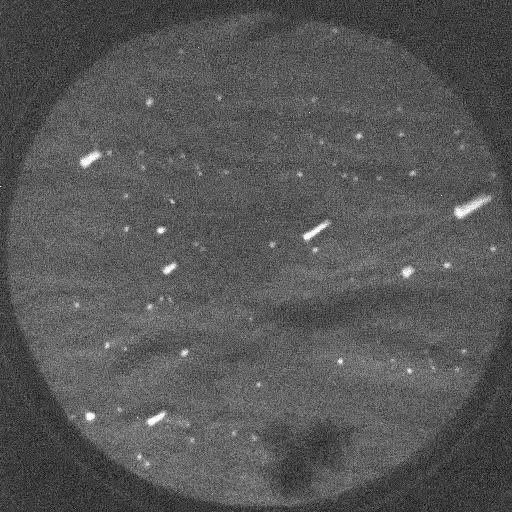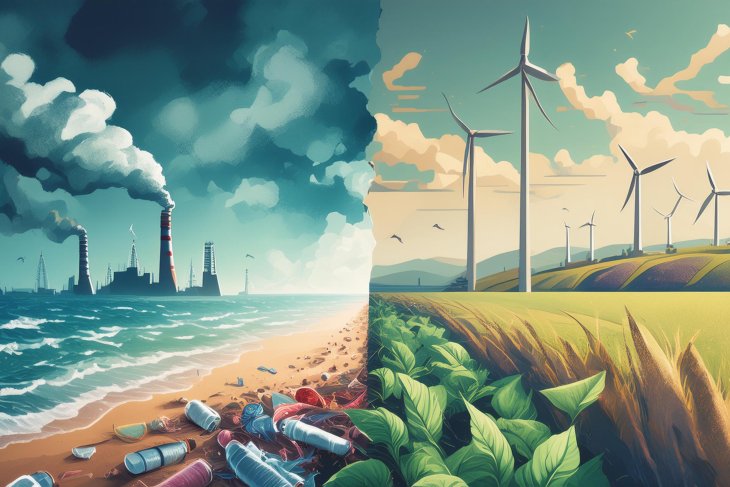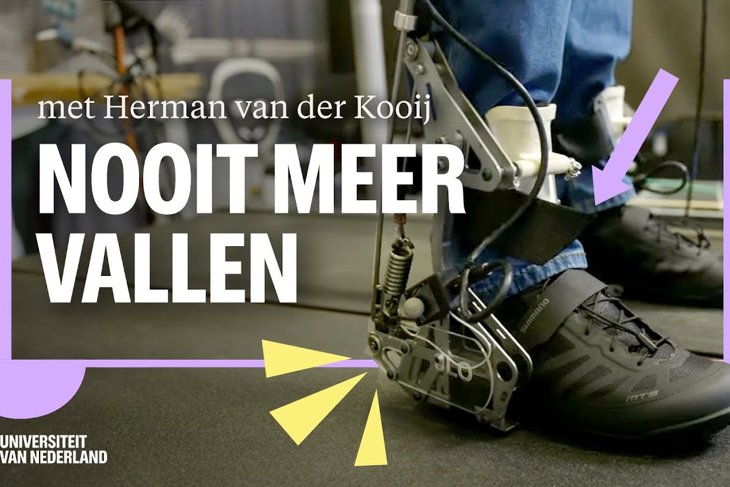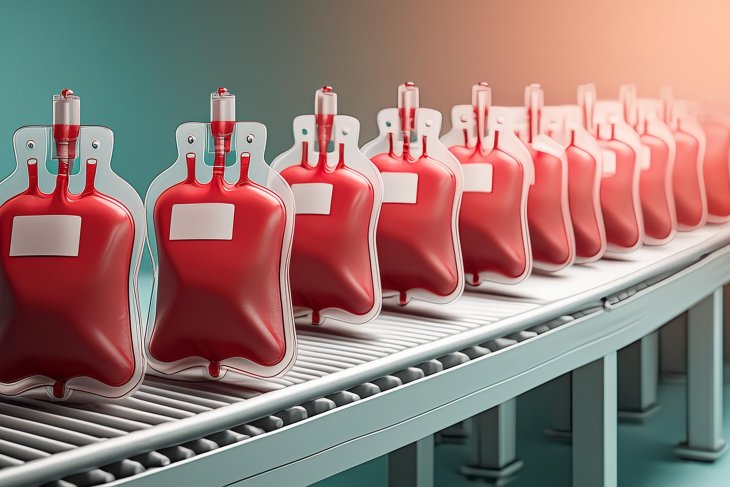This is seen in the unusual behaviour of metal nanodroplets studied by Arie van Houselt. Van Houselt is an assistant professor in the Physics of Interfaces and Nanomaterials research group. He created nanodroplets made of a mixture of the metals platinum and germanium. He dropped them onto a heated surface and saw a remarkable spectacle unfold. Like professional skiers, the droplets zigzag across the surface.
Invaluable insights
This remarkable display isn't just an entertaining show at the nanoscale. The conditions under which these droplets display their extraordinary skiing are like those found in the growth of many (nano)structures, such as nanowires and germanene. Van Houselt: “Discoveries like this one offer valuable insights into the mechanisms of these transformations, potentially opening the doors to the creation of flawlessly engineered computer chips.”
So, what can we learn from this behaviour? To answer that question, we need to take a closer look at how the sudden change in movements happens. This is done with a photo-emission electron microscope that uses electrons. The photo-emission electron microscope enables scientists to observe many things at the nanoscale.
At this nanoscale, something interesting happens with these droplets. When the heated surface cools down, the droplets start to freeze. However, the freezing process doesn't happen throughout the whole droplet at the same time. The process of solidification starts at the bottom. The droplets then begin to stretch and start to look more like small worms instead of the round droplets they were.
Path of least resistance
At the droplet's bottom, where it meets the surface, the droplet forms a first solid layer. This solid layer develops a nanostructure that acts as a grid for the droplet to move on. This nanostructure also reduces the resistance of the droplets in another direction. Like many things, the droplets follow the path of least resistance. With a sudden sharp turn, the droplets change direction.
Beyond the fascinating spectacle, the implications of this research extend into the areas of innovation and technological progress. The controlled ‘dance’ of these nanodroplets may lay the foundation for advancements in nanoscale engineering!





